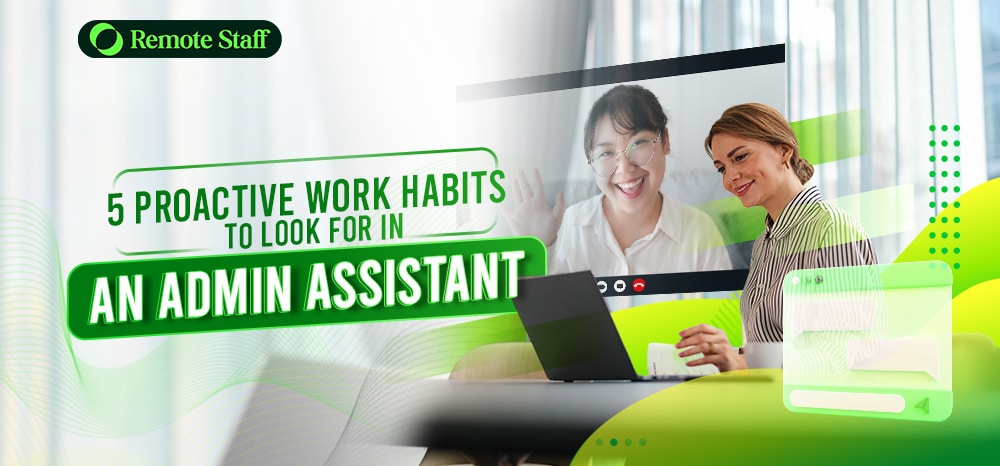There was a time when remote working was only reserved for a limited few. These days, it has grown into a business concept embraced by many international companies; the kind of strategy that you should also be considering if you want to grow your business in an efficient and effective manner.
The non-traditional work arrangements that come with remote working these days have proven to boost productivity allowing workers to deliver an output of a higher caliber thanks to reduced daily stresses and improved focus.
Especially in countries like the Philippines, the growth of BPOs has boomed in the last decade and shows no signs of dwindling. One reason the Philippines has thrived is through its ability to provide remote professional manpower across a variety of roles.
Today, remote working offers companies cost-savings, efficiency and so much more. But of course, there will be some challenges along the line; challenges that a reliable staffing agency like ours at Remote Staff can assist you with throughout your offshoring journey.
But still, here are some of the steps that you should take into mind when you outsource remote staff to the Philippines. These will help you manage your people effectively even when you are miles apart.
Prioritize communication
When managing remote working professionals, see to it that you always maintain strong communication channels. This ensures engagement and will help you clarify objectives, tasks, goals, and determine accountability.
Everyone should be on the same page so that the correct output is delivered in a timely manner.
At Remote Staff, we have a 3-minute Skype rule in place wherein subcontractors must respond to any messages from their employer while on shift. We also have the daily activity tracker that helps employers see what their team is working on, when they are working on it and how they’ve progressed with their different tasks.
Especially during the first few weeks after hiring a subcontractor, we encourage all of our clients to constantly communicate with their staff and set regular meetings over Skype. We also have a team of staffing consultants who are ready and able to help when necessary.
Ensure that proper resources are available
For a remote working arrangement to succeed, it is important for subcontractors to have the right equipment. Our policy is for them to have a quiet and private space to work in when they are home-based. This means no distractions or external noise that may affect their focus.
We are also strict when it comes to the computers, headsets, and internet connectivity that they use while working for our clients. Our IT manager Alain actually conducts home visits to check if our subcontractors have the right setup to work professionally for you.
Some subcontractors actually work in our Makati CBD headquarters. In this case, they are equipped with high-speed internet and of course quality headsets and up-to-date laptops that ensure top-notch work every single day.
Build your working relationship
It is also important in the remote working landscape for your home-based workers to be integrated into your company. They should feel that they are part of your team regardless of their physical distance from your HQ. In doing so, you are influencing them to become more invested in their work and the success of your company.
Provide them with the same opportunities as your in-house staff. For example, train them during their first few weeks of working and spend time on the onboarding process.
We request that you be patient during this time whilst getting them up to speed with your operations. If you have company-wide meetings, include them even if it is only via Skype or conference call.
Always remember that when it comes to remote working, both you as the client and our subcontractors share a common responsibility to make things work. Do not worry as we will always be there to help you out and ensure that your outsourcing journey runs as smoothly as possible.



















